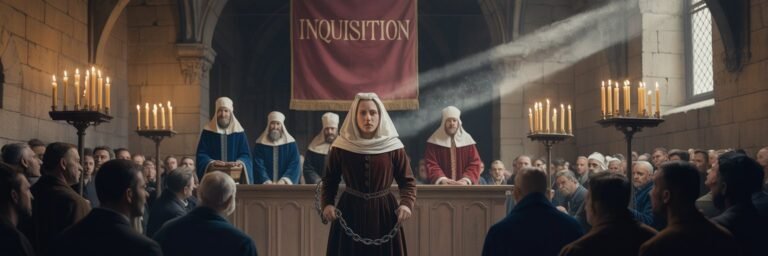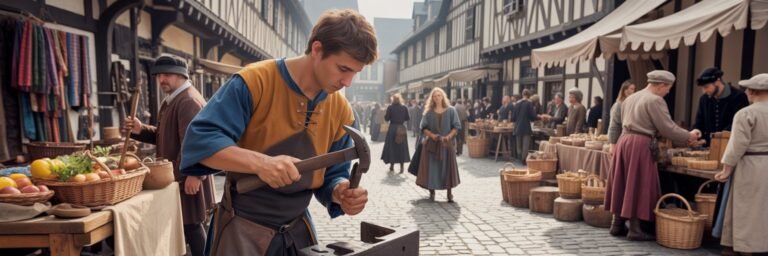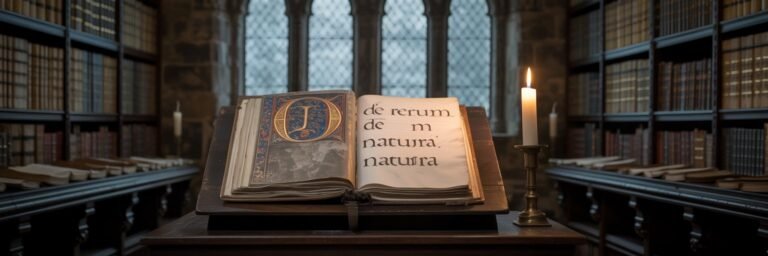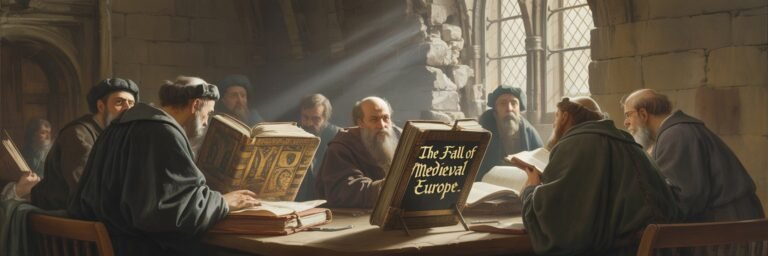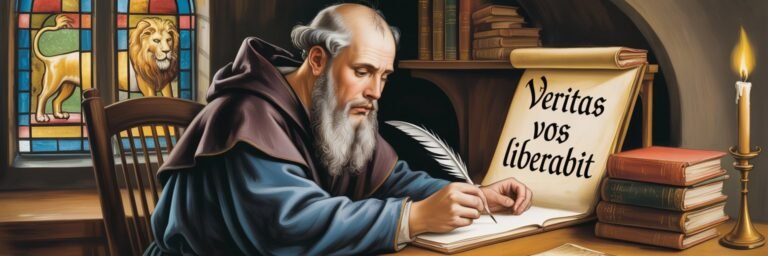INTRODUCTION
To wander through the mist-clad paths of Medieval Europe is to tread the soil where our modern world was born. Between the fall of the Roman Empire and the dawn of the Renaissance, an era fondly referred to as the ‘Dark Ages,’ humanity witnessed pivotal transitions in how society was organized, leading to cultural, economic, and technological innovations that shape our world today. This riveting epoch riddled with kings and knights, plagues and pious pilgrimages, philosophers and feudal lords, has deeply informed our understanding of the human story – Then what really happened during the Medieval Europe? Let us embark on an exploration, piecing together a mosaic of historical insights, political intrigue, academic revelations, and enduring mysteries.
HISTORICAL BACKGROUND
On the remnants of the fallen Roman Empire, from roughly AD 476 to the late 15th century, a new world order emerged, gradually establishing itself in the orbits of clergy and monarchs. Medieval Europe was shaped by a wide array of factors including rising feudalism, Church dominance, Viking invasions, and the Crusades, among others. But let us first situate ourselves in the epoch preceding the middle ages: The Roman Empire’s disintegration led to a period of socio-political instability and economic regress. Feudalism emerged as a socio-economic structure which filled this power vacuum and gave rise to a system where monarchs, lords, knights, and serfs entered into mutual obligations based on land and labor.
It must be remembered that paralleled by these seismic shifts on the political landscape was the growth of Christianity and the accompanying influence of the Catholic Church. As the 7th century historian Venerable Bede wrote, “Wherever Christianity thrives, civilization soon follows”. Thus, during these centuries, the Church became an important institution, playing a leading role in education, culture, and political affairs.
THEORIES AND INTERPRETATIONS
The long-held notion of the ‘Dark Ages,’ depicting the Medieval era as a time of darkness and stagnation, overshadowed by the grandeur of Rome and the brightness of Renaissance, is a contested interpretation. Many modern-day historians are inclined towards a revisionist understanding of the era. They argue that the period was not quite as dark or unenlightened after all.
In this context, historians like Jacques Le Goff have put forth a concept of ‘High Middle Ages,’ a period from around 11th to 13th century, considered to be a relative golden age of economic prosperity, demographic expansion, and cultural renaissance. It was also when foundational institutions like university took roots. The time saw the revival of cities and trade, flowering of arts and philosophy, and evolution in political systems.
Yet others highlight aspects like serfs’ condition, Church hegemony, and the lack of urbanization as areas of concern, persisting with the narrative of an age of darkness and regress. The contrast in interpretations invites us to weigh historical evidence judiciously.
MYSTERIES AND CONTROVERSIES
Medieval Europe, like any vibrant epoch, is also shrouded in its share of controversies and mysteries. Enigmatic events, like the alleged ‘Children’s Crusade’ in 1212, where it is said thatthousands of innocently naïve children tried to march to the Holy Land, continue to perplex historians even today. Similarly, questions regarding the causes and impacts of major events such as the Great Famine of 1315-1317, where a series of crop failures triggered widespread hunger and disorder, are subjects of ongoing debates.
SYMBOLISM AND CULTURAL SIGNIFICANCE
More than a moth-eaten page from our past, Medieval Europe’s symbolism is gracefully embedded in our cultural imagination and recurrent in our artifacts, literature, and architecture. Chivalric codes and knighthood, toted around in tales of King Arthur and his Round Table, are still evoked in association with honor and valor. Monasticism, Gregorian chants, and Gothic architecture tell us the tale of a profound religious faith that pervaded the everyday lives of people.
MODERN INVESTIGATIONS
New sciTech advances, including DNA sequencing, are revolutionizing our knowledge of Medieval history. For instance, the analysis of human remains from the “Black Death” era has led to fresh insights into how the deadly pandemic spread, its genetic evolution, and even its possible links to present-day diseases.
Archaeology, too, continues to unearth startling findings: In 2019, remains of a Medieval village comprising buildings, artifacts, and human remains were discovered in Cambridge. These finds augment our understanding of Medieval lifestyle, culture, and society significantly.
LEGACY AND CONCLUSION
The tendrils of Medieval Europe stretch into our modern lives in more ways than we often realize. The powerplay between Church and State, the debate on secularism, and the notions of political sovereignty – all find their roots in this era. Democracy, literature, science, arts — everything owes hugely to the foundations laid during these centuries.
So, while we term it ‘Medieval’ or ‘Middle Ages,’ it is far from being mere interlude between Rome and Renaissance. It had its dark corners, no doubt, but it also witnessed the flickering of innumerable lights leading to intellectual, cultural, and moral advancements in human history.
Remember, it is this era that gave us Thomas Aquinas, Dante Alighieri, and Geoffrey Chaucer, among others. It gave us Magna Carta, foundations of representative governance, the basis for our judicial systems, and the sprouting seeds of humanism. It was Medieval Europe where commerce got a foothold, transitioning society from a rudimentary agrarian one to an economically progressive powerhouse.+lsi

